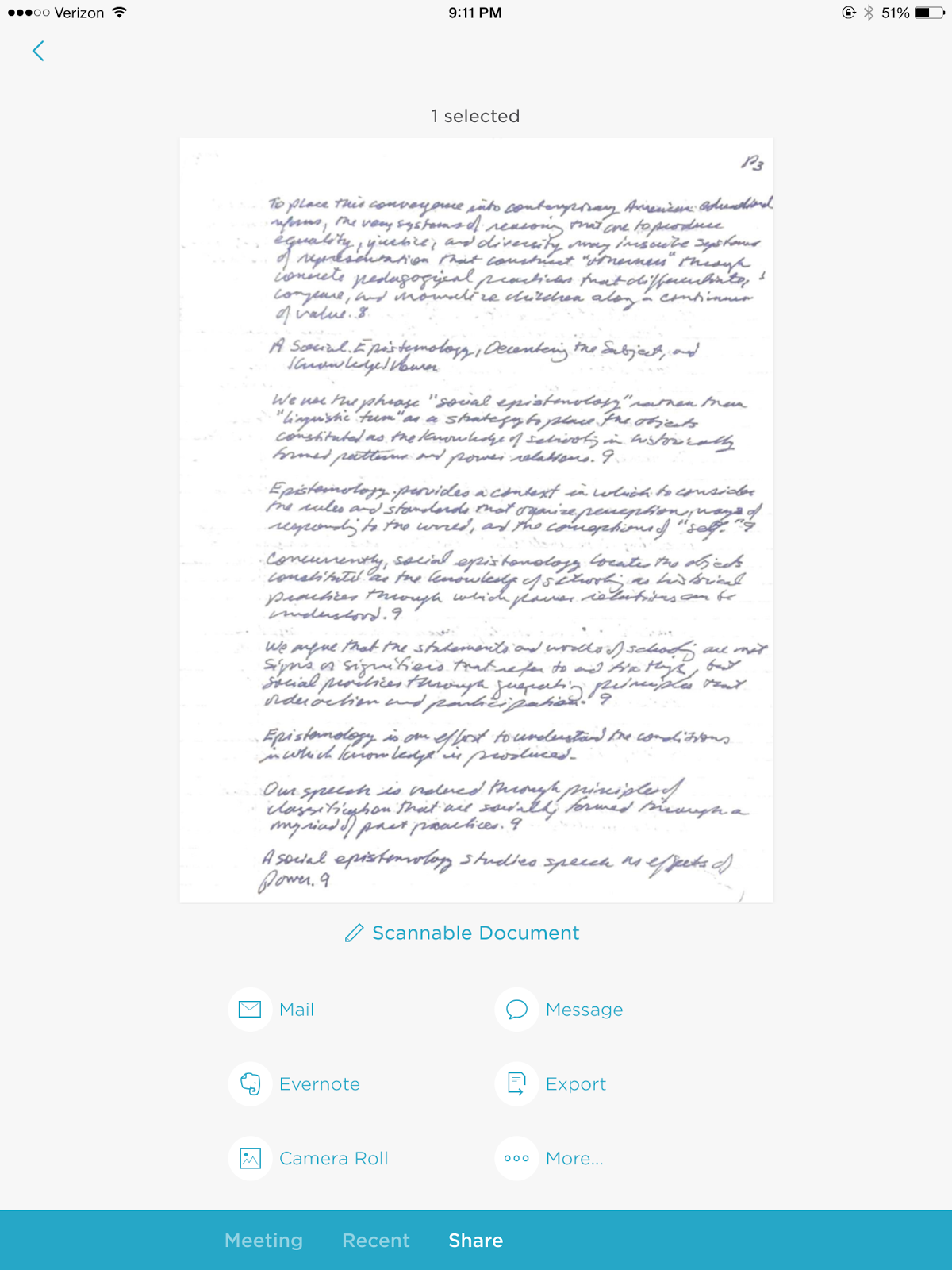"We can feel lonely even when we’re surrounded by many people. We are lonely together. There is a vacuum inside us . We don’t feel comfortable with that vacuum, so we try to fill it up or make it go away. Technology supplies us with many devices that allow us to “stay connected.” These days, we are always “connected,” but we continue to feel lonely. We check incoming e-mail and social media sites multiple times a day. We e-mail or post one message after another . We want to share; we want to receive. We busy ourselves all day long in an effort to connect."
As Thich Nhat Hanh reminds us, we actively avoid silence by filling our lives with as many things as possible. Those things can be electronic devices as Hanh describes, or they can be check-points on a massive to-do list that just keep us busy to avoid the silence of loneliness. Truth is, we can avoid the loneliness that the job of leadership brings with it by filling the vacuum of silence. Instead, we need to welcome the silence.
But as Thich Nhat reminds us, “Silence is essential.” It is the silence that gives us time for us. It is here in the silence that we can begin to look deeply and find out who we are. Is that not ultimately what we want as leaders? To become authentic, we need to shut down the noise around us long enough to connect with who we are instead of Facebook or Twitter.
Hanh, Thich Nhat (2015-01-27). Silence: The Power of Quiet in a World Full of Noise (p. 24). HarperCollins. Kindle Edition.

